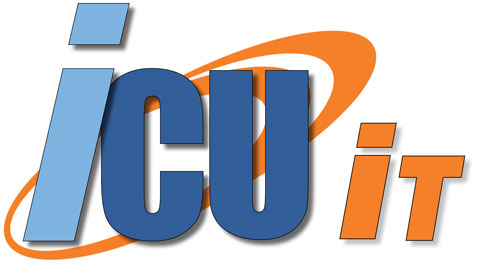No matter how well prepared you are, or how well protected, if an unforeseen disaster affects your business, or more specifically your IT systems – it’s essential you have an IT Support / Disaster Recovery plan in place to get back on your feet quickly, to limit downtime and reduce the cost implications and any reputation damage.
How to Form a Disaster Recovery Plan
For any business, a disaster can spell the end if you are not prepared, and whilst you can’t protect your operations from every eventuality, you can put in place a disaster recovery plan that is adaptable to most scenarios.
A disaster recovery plan should be properly documented, well-structured and define the exact approach for how your business will react and respond when disaster strikes. It’s most important aim is to provide a pathway to recover your system functionality and data so you can resume operating again quickly. Every business’s disaster recovery plan will be unique because it should be finely tailored to the individual business processes and systems you have in place.
Step One – Risk Assessment
Generally, the first step for the formulation of an effective plan is to carry out a thorough risk assessment. This should include a business impact analysis that identifies not only weak points and vulnerabilities, but the impact on each area of the business.
This can be an extensive piece of work because in most businesses, IT systems are interconnected and multi-functioning, so a disaster in even one small area may have wide reaching implications across the whole business.
Step Two – Secure Backups
How effectively your business backs up it’s data and resources could very easily be the defining reason of how, or if, your business will survive a disaster.
An effective, and ongoing backup system will mean your business can be restored to the very moment before the disaster hit, meaning limited loss of essential data and resources. Your backups should be maintained effectively, regularly and kept for as long as possible.
It’s also important that the back up should be located away from your business, limiting the chance that the backup will also be affected by the disaster. For example, an external hard drive could be used, and stored in a fireproof data safe or off site.
Step Three – Assign Roles
Following an incident, it is essential that you have an up to date communications plan in place to keep all those concerned updated of their roles and responsibilities.
All employees involved should have previously been trained and made aware of exactly what is expected of them in a disaster situation. For example, assign roles to assess the damage, set up temporary work stations and even redirect phones lines. Early and effective role assignment can improve your business’s continuity chances.
Step Four – Equipment Plan
Protecting, retrieving or repairing your IT equipment should be a priority, not only because of the cost associated with IT equipment, but often because it contains essential data that you will need to continue operating.
Things to consider here include: Insurance, IT backup systems, off site data storage, and cloud services.
Step Five – Asset Inventory
Within your recovery plan, there should be a detailed list of all your business assets. Include everything from your workstations and servers to tablets and phones, but be sure to consider any other specific IT equipment or technology that is used in your normal operations.
A detailed asset list or inventory means you will have a clear understanding of any losses or missing items, and an accessible list for insurance claims. Many businesses also opt to record images of the equipment along with the inventory to prove the items exist, were in use and that you were taking care to protect them.
Step Six – Minimum Requirements
Assess what minimum requirements you need to make a priority for your business to continue; what resources, which people and what equipment do you need to operate in a mission-critical way and continue to carry out your core functions?
Things to consider here include: Financial resources, operational equipment, supplies and communications.
Even huge corporate businesses have to plan for disasters, and whilst it may seem obvious what the real core functions of your business are and what minimum requirements you need to carry them out, having them defined and protected in your disaster recovery plan will save valuable time in an emergency.
Step Seven – Providers and Service Restoration
In the event that disaster takes the form of a power outage, internet failure, or other service provision failing, there needs to be a plan in place to communicate with providers (How will you communicate? Who will communicate? Does that person have authority with the provider?) in order to restore minimum requirements for business as usual, as quickly as possible.
Disaster Planning Services
Planning for an IT disaster can be a daunting task, and if you have limited IT knowledge or experience, ensuring you cover every eventuality can be very difficult.
Here at ICU IT we specialise in working with our clients on business continuity plans and disaster recovery plans to ensure that every operation, piece of equipment and as many scenarios as possible are effectively considered and protected against.
We understand that there is no ‘one-size-fits-all’ plan, and that every business is unique in its operations and threats. That’s why we take the time to really get to know you, and understand the intricacies of your business, so we can create an effective plan that will get you back to Business As Usual as quickly as possible.
We’ll also carry out regular reviews and updates to your plan to ensure that as your business grows or changes the plan remains relevant and effective. To find out more, simply get in touch with our expert team today. We’ll be happy to guide you through the best options to suit your requirement.

